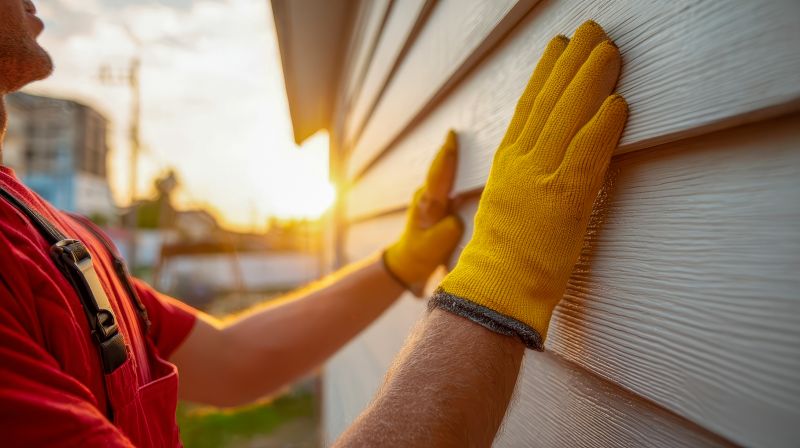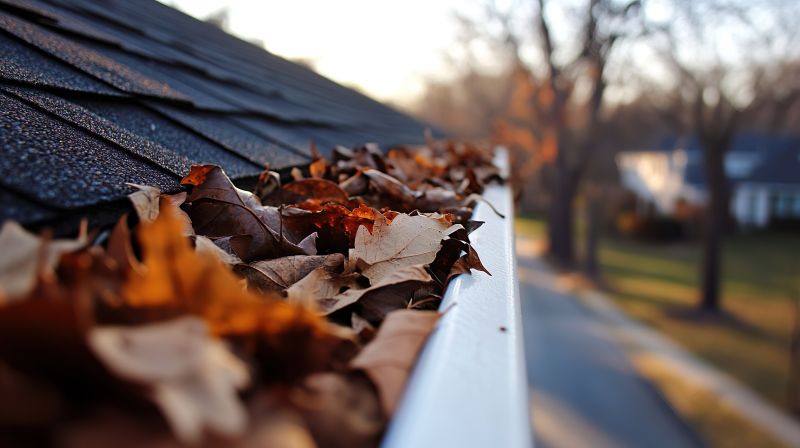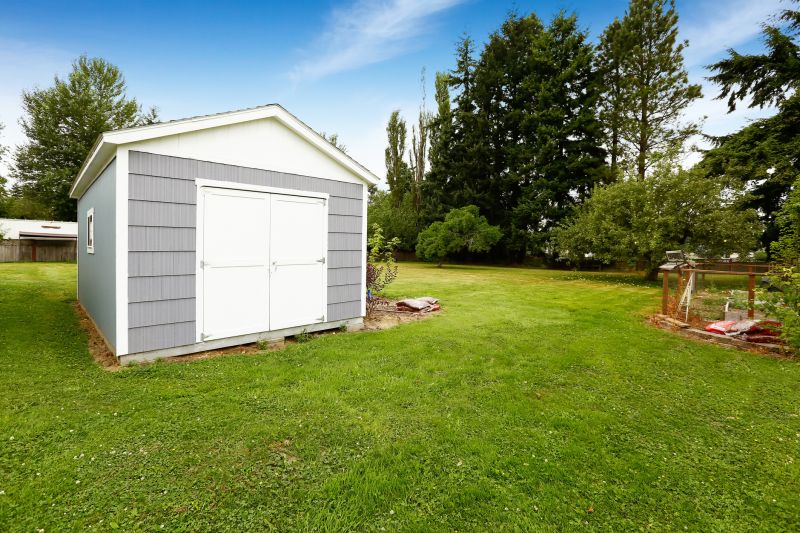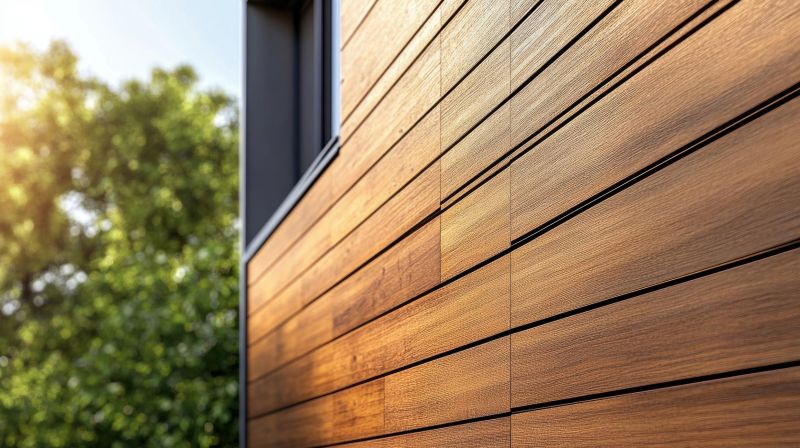Optimal Timing for Siding Service
Determining the optimal time for siding service depends on various factors including weather conditions, temperature, and the specific type of siding material. Proper timing ensures effective installation, repair, or maintenance, leading to longer-lasting results and minimized disruptions.
Spring offers moderate temperatures and longer daylight hours, making it ideal for siding projects. Weather stability reduces delays and allows for thorough work.
Summer provides warm weather conducive to siding installation, but high humidity and heat can pose challenges. Proper planning can mitigate these issues.
Fall is suitable for siding work due to cooler temperatures and less rain. It allows for preparation before winter and reduces the risk of weather-related delays.
Winter is generally less ideal due to cold temperatures and potential snow. However, in milder climates, certain siding types can still be installed with proper precautions.

Image depicting siding installation during spring with favorable weather conditions.

Image showing siding repair work in summer heat.

Image illustrating siding maintenance in autumn.

Ways to make Siding Service work in tight or awkward layouts.

Popular materials for Siding Service and why they hold up over time.

Simple add-ons that improve Siding Service without blowing the budget.
| Season | Ideal for Siding Service |
|---|---|
| Spring | Yes |
| Summer | Conditional |
| Fall | Yes |
| Winter | Limited |
Siding service encompasses a range of activities including installation, repair, and maintenance of exterior wall coverings. Proper timing can prevent issues such as warping, cracking, or moisture intrusion, which are often exacerbated by weather extremes. According to industry statistics, scheduling siding work during optimal seasons can extend the lifespan of siding materials by up to 20 percent, reducing long-term costs and preserving curb appeal.
Choosing the right time for siding service involves considering local climate patterns and the specific siding material. For example, vinyl siding is best installed during mild weather to prevent warping, while fiber cement siding can tolerate a broader range of temperatures. Planning siding projects during favorable weather windows minimizes delays and ensures quality workmanship.




